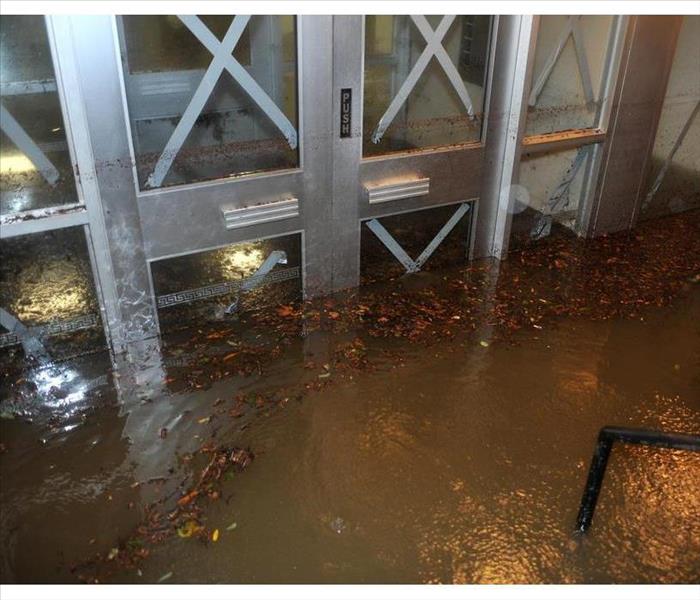3 Ways That Storm and Flood Damage Differ
3/13/2020 (Permalink)
After severe weather in Asheville, NC, your building may have some damage. Much of this will likely be from water. While you might think that all water damage is the same, this is not the case. There are some significant differences between storm and flood damage. It is important to determine which has affected your building so that you can proceed in the right way. The following are some ways in which these types of damage differ.
The Originating Source of the Water
One big difference is where the water has come from. In most cases, regular water damage will come from above ground level. This will include rainwater that has entered through windows or leaky areas in the roof. Flood damage, on the other hand, rises up from the ground and will enter the building on lower levels.
The Contamination Levels of the Water
Because of the sources of the water, levels of contamination also vary between storm damage and flood damage. Rain is generally considered to be a clean source, so the damage that results does not involve a large amount of contamination. However, flood water mixes with sewage, dirt, and debris from the ground and becomes black water. This means that it carries significant levels of bacteria and waste with it.
The Cleanup and Restoration Process
The cleanup involved with these types of damage will vary because of the different levels of contamination. If your building has flooding problems, you may need to replace a larger amount of building materials than you would otherwise. Bacteria and other contaminants can absorb into drywall and carpeting, making them difficult to clean.
If you have experienced flood damage, the best way to restore your building to its previous condition is to hire a professional cleanup and restoration company. They will have the training and resources to handle the contaminated water safely. They may also be able to restore some of your affected belongings.






 24/7 Emergency Service
24/7 Emergency Service
